The display type of a phone is the most important feature of a device. It covers how users visually perceive the screen and their physical interactions with the same. The most common displays are LCD, OLED as well as AMOLED. There are also many other tips for displays
The battery life and outdoor visibility of the phone also depend on the type of display. In 2024, 80% of smartphones will use OLED or AMOLED due to the better quality of the image displayed. In this article, we will tell you about the expansion of all types of displays used in phones.
What is a Mobile Phone Display?
A mobile phone display is the screen where users view and interact with their device. Its shows pictures, videos, text and applications. The display is the main part of the phone as it is the means through which the users interact with the phone.
Phone screens differ in size, pixel density, and form. Some of the common categories include the LCD, OLED and AMOLED. LCDs are cheap but at the same time are highly bright. AMOLED, as well as OLEDs, provide higher contrast and sharper picture colors.
HD or 4k determines sharpness, in aspect of screen resolution. It has a touch screen that enables easy movement on the interface. According to the statistics, in 2024, more than 85 % of smartphones will incorporate OLED as an advanced display for enhanced visual quality. The actual display determines the quality of the overall feel to the users and as such should be considered while choosing a phone.
Types of Display panels

The display is the main part of a phone because it is through the display that a customer can see all the features of the phone. The phone display is of different types such as LCD, IPS, Mini LED, OLED, AMOLED, POLED, Dynamic AMOLED, Fluid AMOLED, Super Retina, and Liquid Retina.
Below are the details of all these displays:
LCD Display
LCD means Liquid Crystal Display. This is one of the most frequently used screens in mobile phones currently in the market. LCDs function based on the ability of liquid crystals which control light from a backlight device.
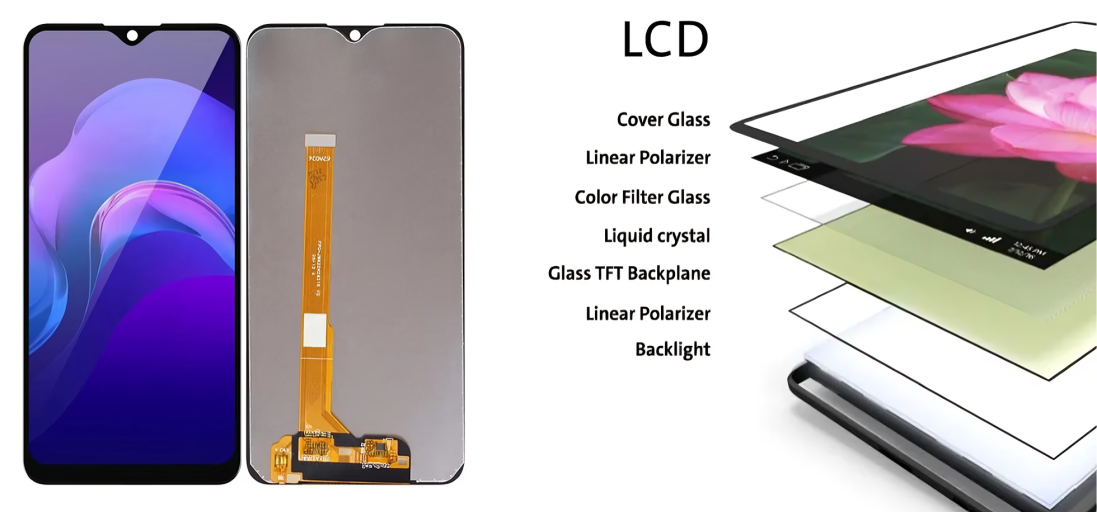
Such a display is clear and visible in sunlight. It is also cheap, thus, widely used in the low to mid-end market smartphones. However, LCDs can not produce the kind of blacks as found in OLED displays or the kind of colors as well.
Even up to 2024, LCDs are still in use though most commonly in low end smartphones. Other types like IPS LCD provide enhanced color reproduction and viewing angles than the usual LCD make the experience much better.
OLED Display
OLED is an acronym for Organic Light Emitting Diode. It is one of the most used display types in modern smartphones. It doesn’t require a backlight. Every LED pixel has an ability to generate its own light to produce deep darkest blacks and bright colors.
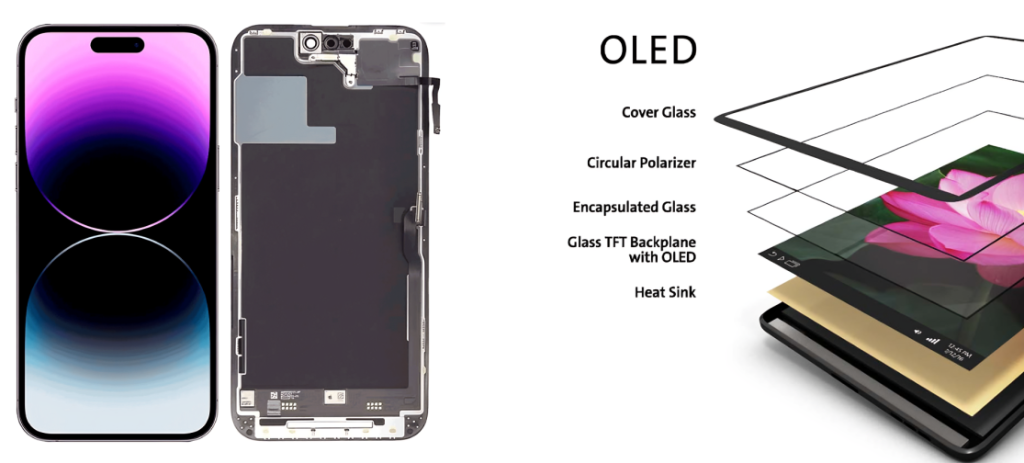
OLED displays are thinner, lighter and more energy efficient as compared to other displays. It also provides enhanced contrast ratio and viewing angles. That makes them perfect for deploying on high-end phones and on premium devices.
OLED technology is incorporated into more than 60% of smartphone devices because of the quality. Others like AMOLED exhibit even better performance given that the users get to enjoy brighter sharper image displays.
AMOLED Display
AMOLED is the abbreviation for Active Matrix Organic Light Emitting Diode. It is a cutting edge type of OLED display and is most commonly used in smartphones.
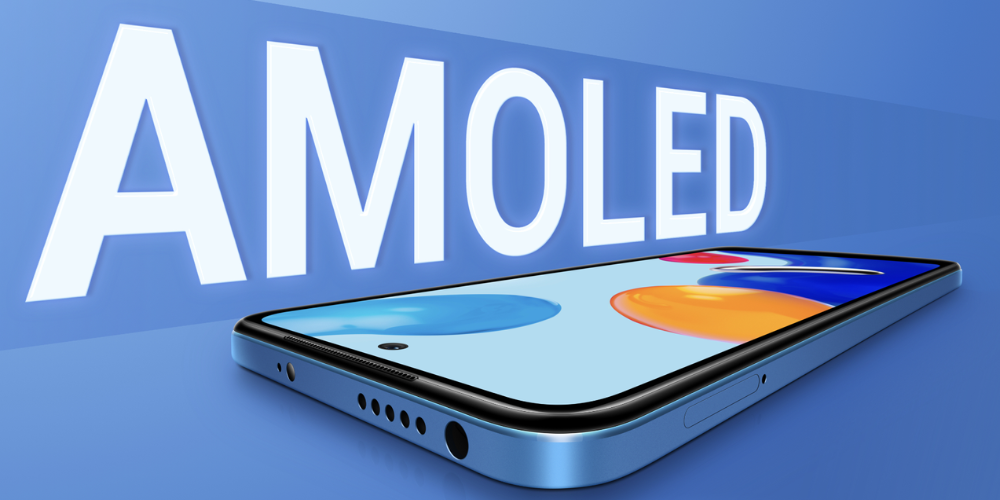
AMOLED screens deliver good color reproduction, blacks and contrast ratio. Individually controlled pixels are better for energy consumption than a pixel that is part of the matrix. This also expands battery life by switching off the pixels of the black sections of the display.
In terms of motion, that is, the dynamic visuals such as games, AMOLED has a superior response time compared to normal OLED. It is thinner and much more flexible, which is particularly ideal in foldable phones.
Currently in the year 2024, most of the premium smartphones have adopted AMOLED display technology due to their excellent quality and provision of excellent view.
Dynamic AMOLED Display
Dynamic AMOLED is one of the most modern technologies of the production of screens, which is used by Samsung. AMOLED is an improved version of AMOLED, and has better color accuracy, brightness, and contrast.
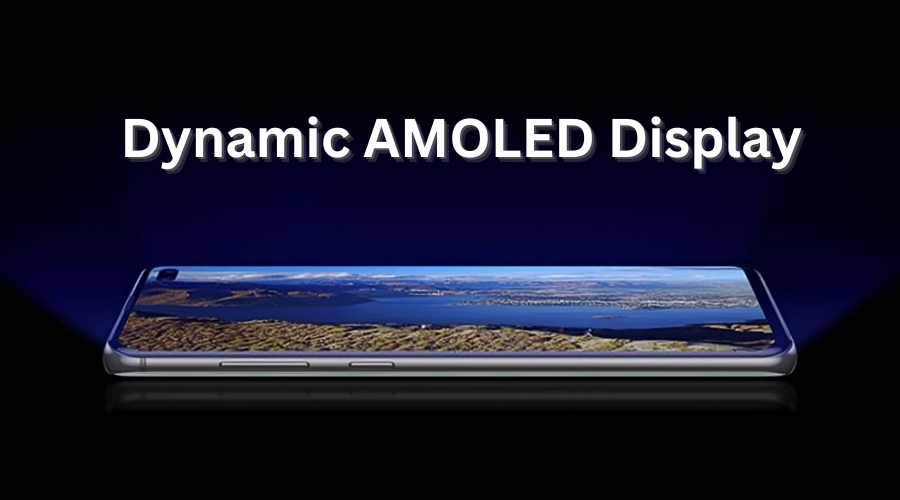
The screen of this display backs HDR10+ to ensure the imagery is as realistic as possible. It cuts blue light emission, which is particularly helpful when you spend many hours in front of the screen. Other benefits of dynamic AMOLED displays include black blacks, high contrast and bright colors, as well as bright outside visibility.
It was first rolled out with the Samsung Galaxy S10 and has since become standard in Samsung’s premium smartphones. By 2024, Dynamic AMOLED is more energy efficient with a better viewing angle than standard OLED and is suitable for premium smartphones.
Mini LED Display
Mini LED is a relatively fresh type of display technology that enhances the functionality of LCDs. It incorporates thousands of the small LEDs as a backlight, which in turn provides higher brightness and contrast.
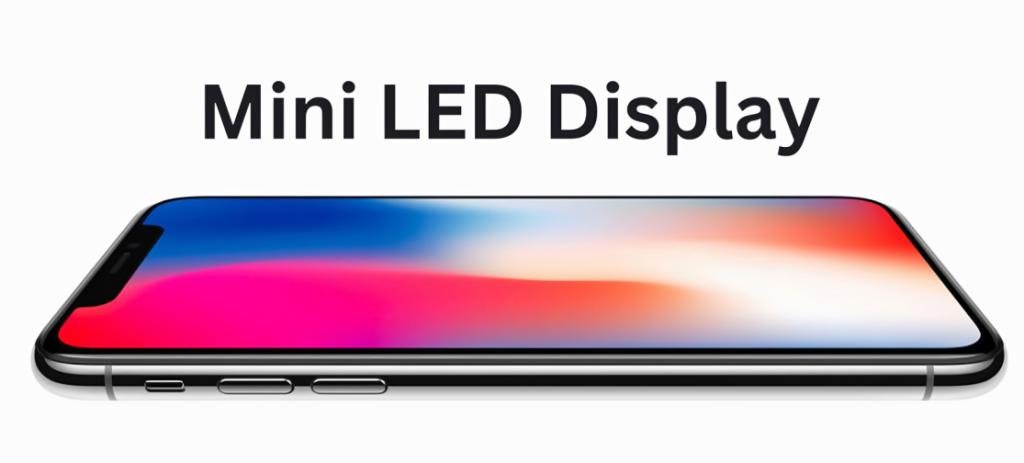
Mini LED displays have a deeper black level and more vivid colors compared to the traditional LCDs. This technology works great with high dynamic range images, meaning it is useful when watching video or playing games.
Mini LED consumes less power and offers better control of brightness than micro LED. This is usually employed in premium smartphones, tablets as well as TV’s. Mini LED is expected to become more popular starting from 2024 to provide picture quality close to OLED at a lower cost for manufacturers.
POLED Display
POLED means the Plastic Organic Light Emitting Diode. A plastic substrate is used instead of glass as in the case of other OLED displays.
POLED displays are thin, lightweight and can also be tough. For this reason, they are perfect for use in curved or foldable devices. They are as colorful, as deep black, and as power saving as any other OLED panels out there.
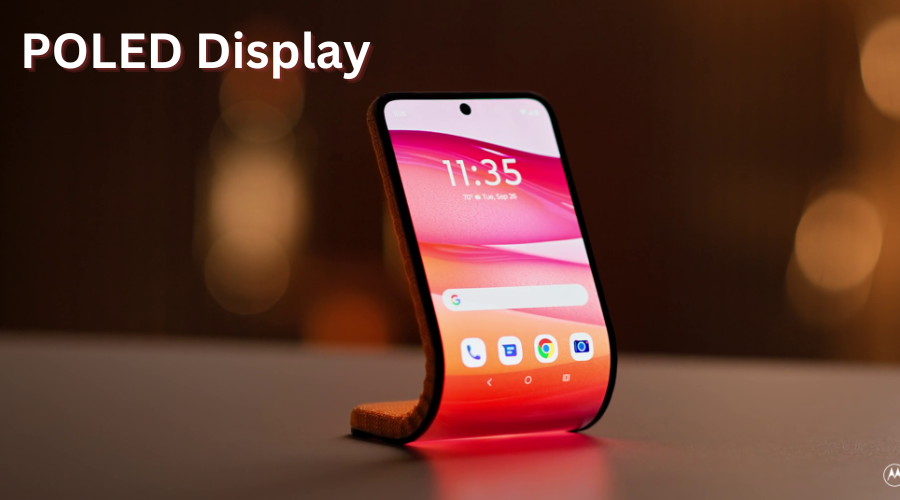
The cover layer of plastic also enhances the strength of POLED displays in cracking and impacts. However, they may be slightly less sharp than glass-based OLEDs but they are much more cost effective.
In 2024, POLED technology is adopted in new form factors such as foldable, portable phones and smart wearable devices that flex and deliver bright displays.
Fluid AMOLED Display
Fluid AMOLED is a display technology used primarily by OnePlus in its smartphones. It is a successor to AMOLED which provides excellent motion and picture quality.
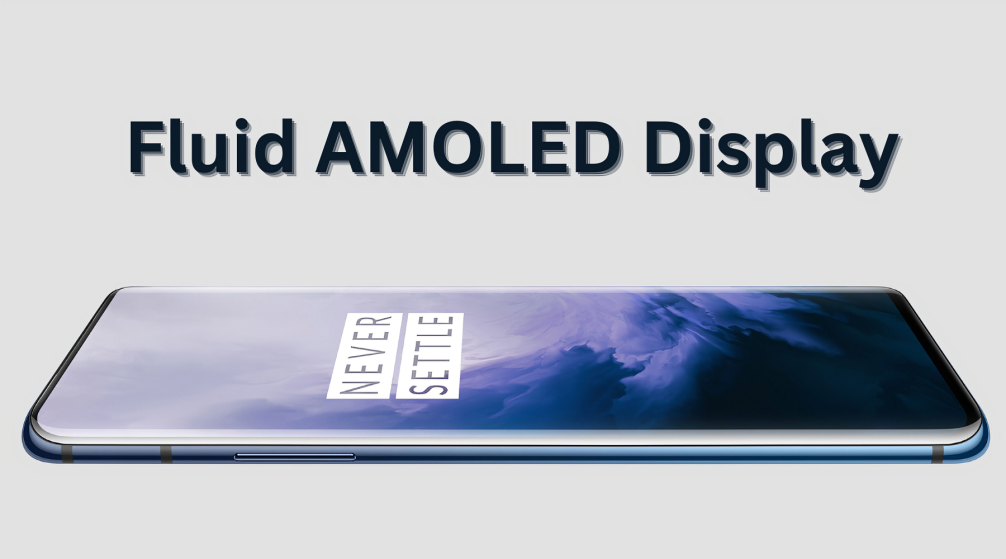
The main aspect of Fluid AMOLED is the refresh rate, which ranges from 90Hz or 120Hz. This makes the scrolling and the animations look much better compared to the standard displays.
Fluid AMOLED screens provide brightness and accuracy of displayed colors, black shade depth, and contrast ratio. Also support HDR for better quality in video.
First used on the OnePlus 7 Pro, Fluid AMOLED is a feature that continues to be utilised in OnePlus devices in 2024 to offer the best viewing experience.
Super Retina Display
Super Retina is a type of display that is owned and developed by Apple. It stands for Organic Light Emitting Diode but it is more enhanced than OLED. Super Retina screens mean high resolution, bright and saturated colors, and black as the night.
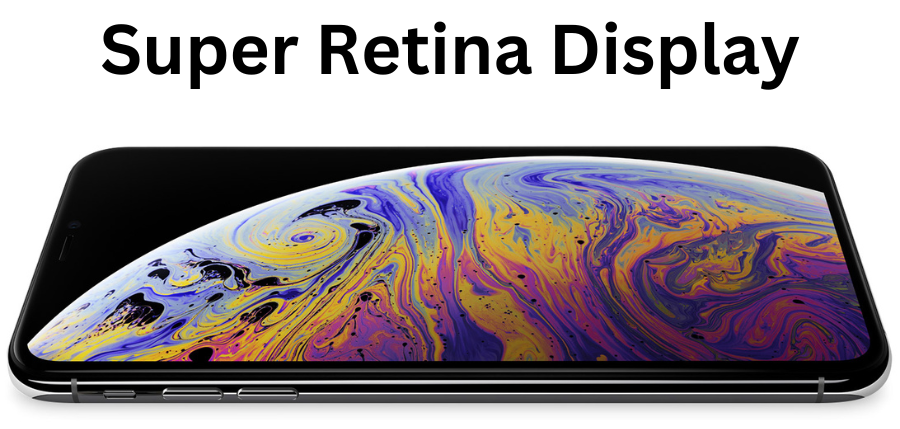
This display type supports HDR – High Dynamic Range, in the background enhancing picture quality. That, in addition to True Tone technology that adapts the colors to the environment or ambient lighting.
Super Retina displays were first in the iPhone X and are employed in Apple’s flagship smartphones. They present a high pixel per inch ratio and this guarantees clear image and text display. To date, Super Retina is still an essential element in Apple’s main products that provides improved image display.
Liquid Retina Display
Liquid Retina is a display technology which has been invented by Apple. It is another upper category of Liquid Crystal Display that delivers appropriate screen resolution, color intensity and sharpness.
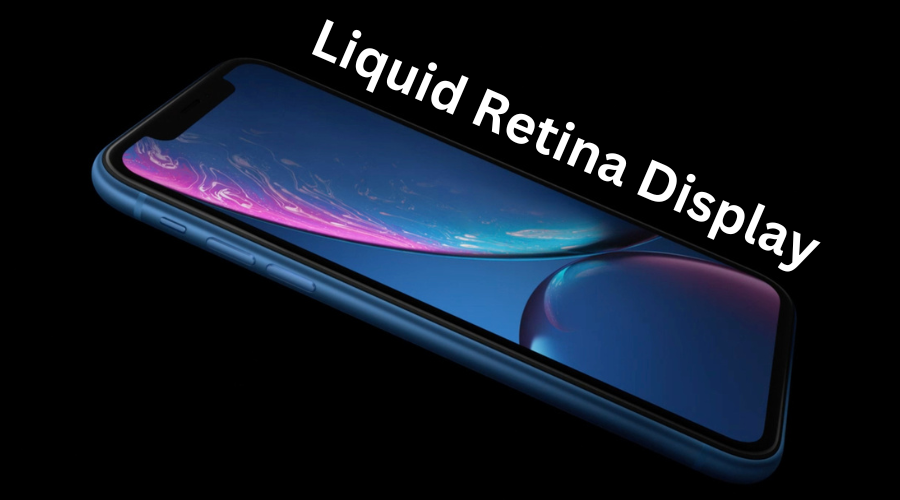
In contrast with the earlier models of LCDs, Liquid Retina displays have thin borders that are not jagged or rough at the edges. They also work with True Tone technology that automatically adapts the color temperature on the screen to the environment it is in.
The Liquid Retina screens also provide high picture quality even without OLED. They are famous for their ability to provide accurate colour and higher viewing angles.
Launched for the first time in iPhone XR, Liquid Retina is popular in the iPads and cheaper iPhone models that provide quality at lower prices.
Final Word
The display type is one of the things that should be considered when choosing a phone. It impacts the look and feel of the product and also the battery life of the product. There are choices such as LCD, OLED, and AMOLED, all of which fit the various requirements and financial capabilities. Categories including Dynamic AMOLED and Fluid AMOLED extend the viewers’ delight with bright and accurate colour and smooth visual quality.
By 2024, more than 80 percent of smartphones will use OLED or AMOLED displays. Knowledge of display types assists the users to make informed decisions in order to improve performance and satisfaction.










